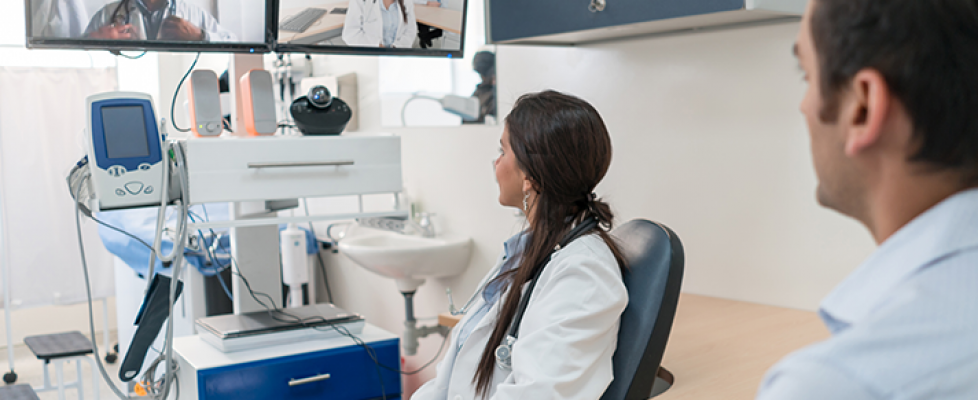When setting up in-hospital RPM systems, consider the inputs and outputs
COVID-19 has made clear the importance of reducing contact between potentially infectious patients and providers – while ensuring those patients get the highest quality of care.
One solution, proposed panelists at a recent HIMSS20 Digital session, lies with a robust remote patient-monitoring system inside hospital rooms.
“COVID-19 has introduced quite an interesting challenge to healthcare professionals around the country,” said Emma Fauss, Medical Informatics Group CEO, during the Cisco-sponsored discussion, Unlocking Patient Data from the Bedside for Remote Care at Scale.
Using remote-monitoring devices in a hospital setting can be a challenge, she said, because “a lot of medical devices you find in those areas traditionally don’t talk to one other.”
Ross Sweetzir, global healthcare solutions architect at Cisco, said new innovations allow for connected health, both inside a patient’s room and remotely.
“Previously, we had all these devices … that connected but they didn’t really connect to anything. Maybe they connected to an in-unit solution,” said Sweetzir. “Now we have this capability to deliver that information anywhere we need to.”
When setting up a remote-monitoring system, said Fauss, “you have to think about both your data inputs and your data outputs.”
Data inputs, she said, involve the balance of patient data to inform a physician about the patients’ current status and trajectory. It includes integrating key pieces of equipment – such as ventilators, drug pumps and cardiac monitors – and combining those device readings with electronic health record data sets.
“You may even want to add a layer of video capability to be able to see what’s going on inside the patient room,” said Fauss.
Incorporating data outputs, she continued, requires considering the technical requirements for delivering information to the care team. This also means thinking about who that care team is: whether it’s an individual, a group of individuals or even a command center.
Fauss and Sweetzir acknowledged that the pandemic puts complicated renovations out of reach for many health systems.
Instead, Fauss said, health systems should look for solutions that can be spun up remotely.
“You’re now dealing [with] an environment where hospitals are even more stretched in terms of having a lot of demands and resource needs across the facility,” said Fauss, adding that biomedical staff and information technology staff members are often now working off-site. “It limits the type of projects you can do.”
“The cost of installing infrastructure in a patient room can dramatically eclipse the cost of the equipment that’s required,” added Sweetzir.
The use cases can differ across systems, particularly in the current moment, he said: “Success actually looks like getting the information from the patient to clinicians in a secure way.”
And even after the pandemic, said Fauss, “remote patient monitoring is here to stay.”
“We’re going to see continued demand for it across the healthcare industry,” she predicted. “It’s becoming what providers are now expecting, as well as patients.”
At the same time, she said, “It is an accessible technology. It’s not something that’s going to take you years to stand up.”

